Growth of Crystalline WO3-ZnSe Nanocomposites
- Details
- Category: Tungsten Information
- Published on Friday, 01 April 2022 17:04
- Written by Caodan
- Hits: 1290
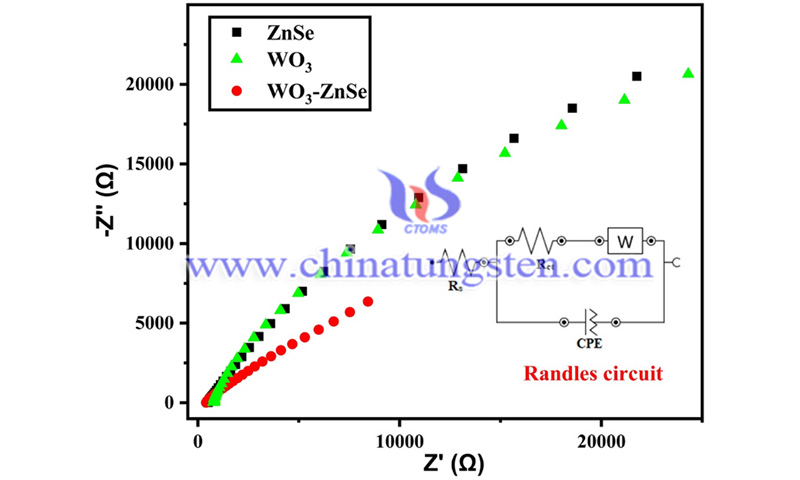
In a study led by researchers at the School of Chemical Studies, Jiwaji University, India, novel growth of WO3-ZnSe nanocomposites was performed under subcritical conditions by a simple, low-cost hydrothermal process, and the first characterization of the products-completed in just 5 hours is reported: X-ray diffraction, scanning electron microscopy (SEM), optical studies and Fourier transform analysis.
Researchers Create New Tungsten Substitute Catalyst for Vanadium Oxide
- Details
- Category: Tungsten Information
- Published on Thursday, 31 March 2022 17:41
- Written by Caodan
- Hits: 1363
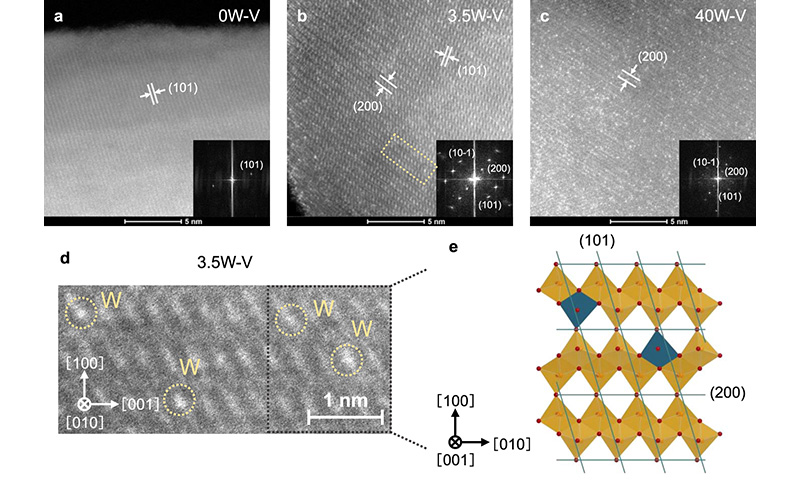
Researchers from Tokyo Metropolitan University have created a new tungsten (W) substituted vanadium oxide catalyst for breaking down harmful nitrogen oxides in industrial exhaust gases. Their new material is able to operate at lower temperatures and does not exhibit a significant degradation in performance when treating "wet" exhaust gases, addressing a major drawback of conventional vanadium oxide catalysts. The researchers also found that the non-aggregated dispersion of atomic tungsten in the original crystal structure plays a key role in its function.
Read more: Researchers Create New Tungsten Substitute Catalyst for Vanadium Oxide
Sensitivity and Selectivity Effects of Tungsten Oxide Nanostructures on Pollution Gases
- Details
- Category: Tungsten Information
- Published on Tuesday, 29 March 2022 15:24
- Written by Caodan
- Hits: 1373
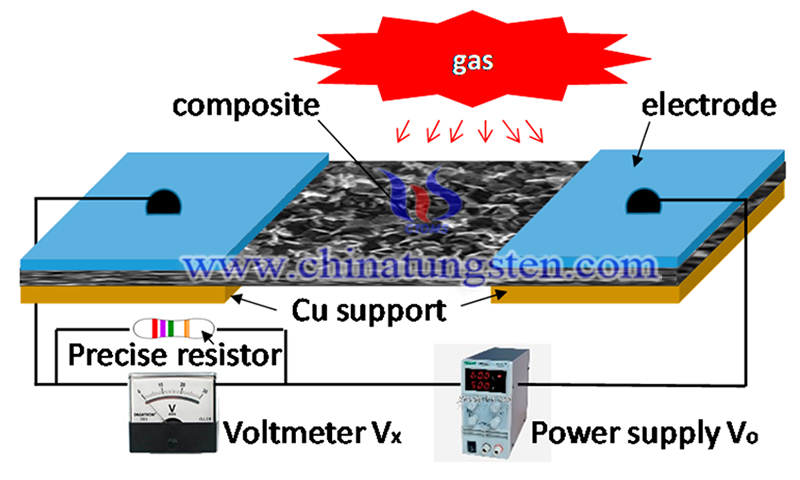
Recently, researchers from Jiujiang University and the University of Puerto Rico, USA, conducted a study on the sensitivity and selective effect of tungsten oxide nanostructures on pollution gases. The study titled “Effect of Tungsten Oxide Nanostructures on Sensitivity and Selectivity of Pollution Gases” has been published in the journal Sensors on 26 Aug. 2020. The study was carried out by Fenghui et al.
Read more: Sensitivity and Selectivity Effects of Tungsten Oxide Nanostructures on Pollution Gases
Ultrasound-Assisted Tungstate Catalyst for Oxidation of Alcohols to Aldehydes
- Details
- Category: Tungsten Information
- Published on Thursday, 31 March 2022 17:35
- Written by Caodan
- Hits: 1263
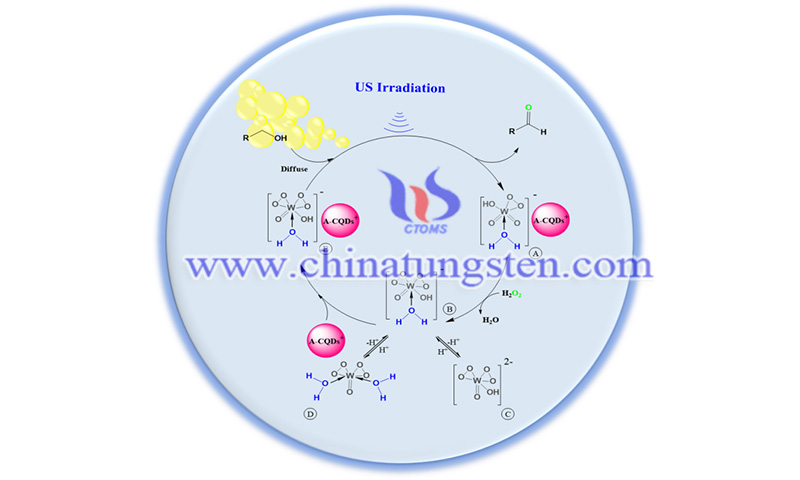
The application of ultrasound (US) as a green activation method for the chemical conversion of tungstate catalyst to oxidize alcohols to aldehydes has attracted chemists’ interest.
Read more: Ultrasound-Assisted Tungstate Catalyst for Oxidation of Alcohols to Aldehydes
Oxidation and Reduction of Tungsten and Its Oxides
- Details
- Category: Tungsten Information
- Published on Monday, 28 March 2022 19:15
- Written by Caodan
- Hits: 1729
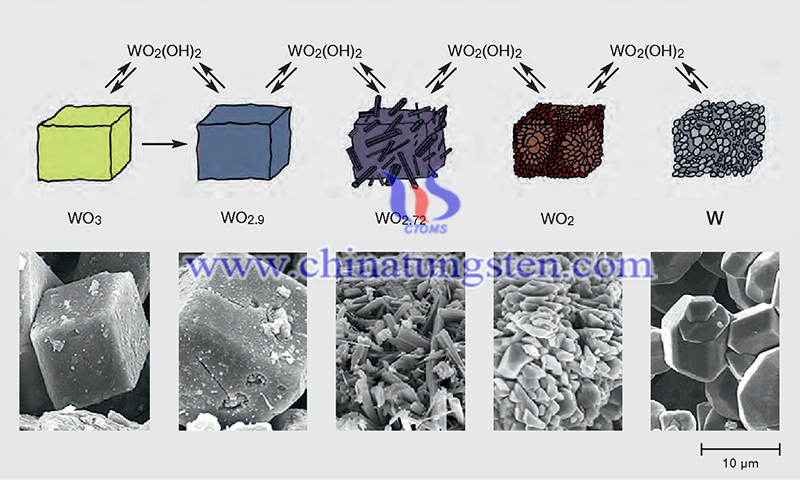
Tungsten (W) is mainly in the W+6 oxidation state in most W oxides, with six oxygen atoms surrounding each W atom in an octahedral configuration. In oxidized tungsten (WO3), these octahedra are arranged in a split-angle configuration. In reduced oxides (WOj, 2 < x < 3), complex combinations of WO6 octahedra in split-angle, split-edge, and split-face arrangements are frequently found. The WO4 tetrahedra and WO7 pentagonal dihedra, which are frequently found in fully oxidized and partially reduced compounds, respectively, add to the complexity of the crystal geography of these compounds.
Read more: Oxidation and Reduction of Tungsten and Its Oxides





 sales@chinatungsten.com
sales@chinatungsten.com